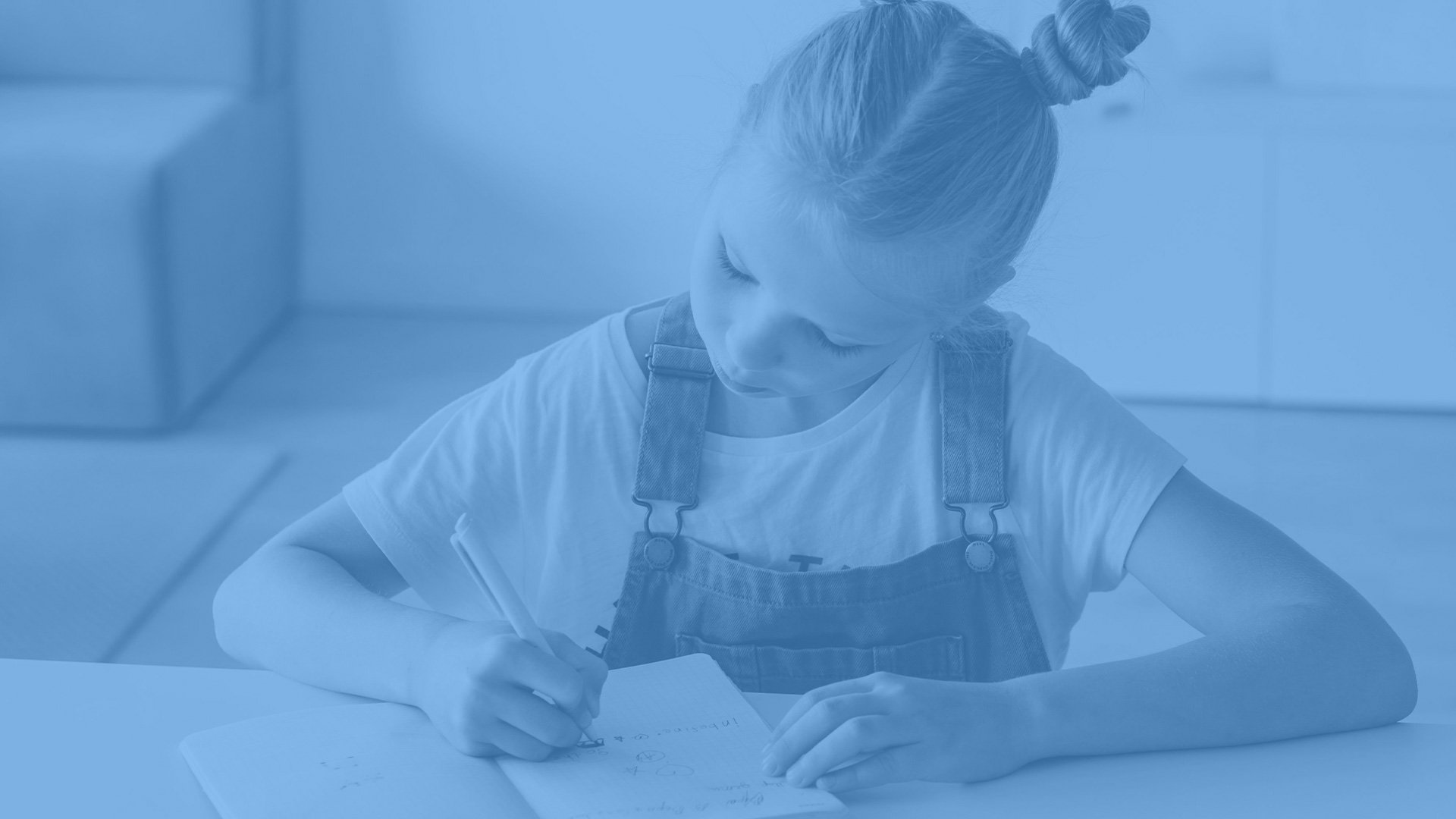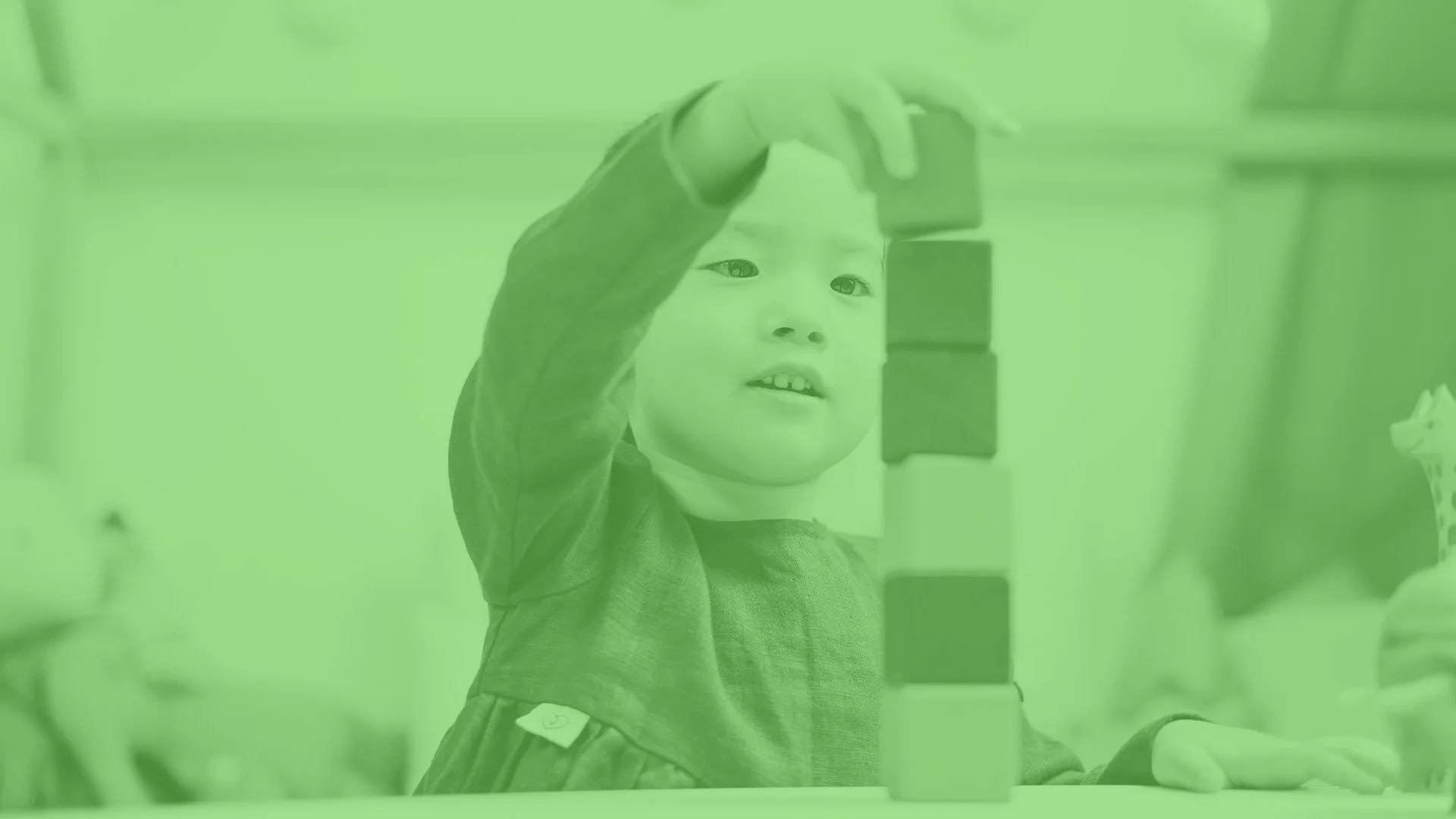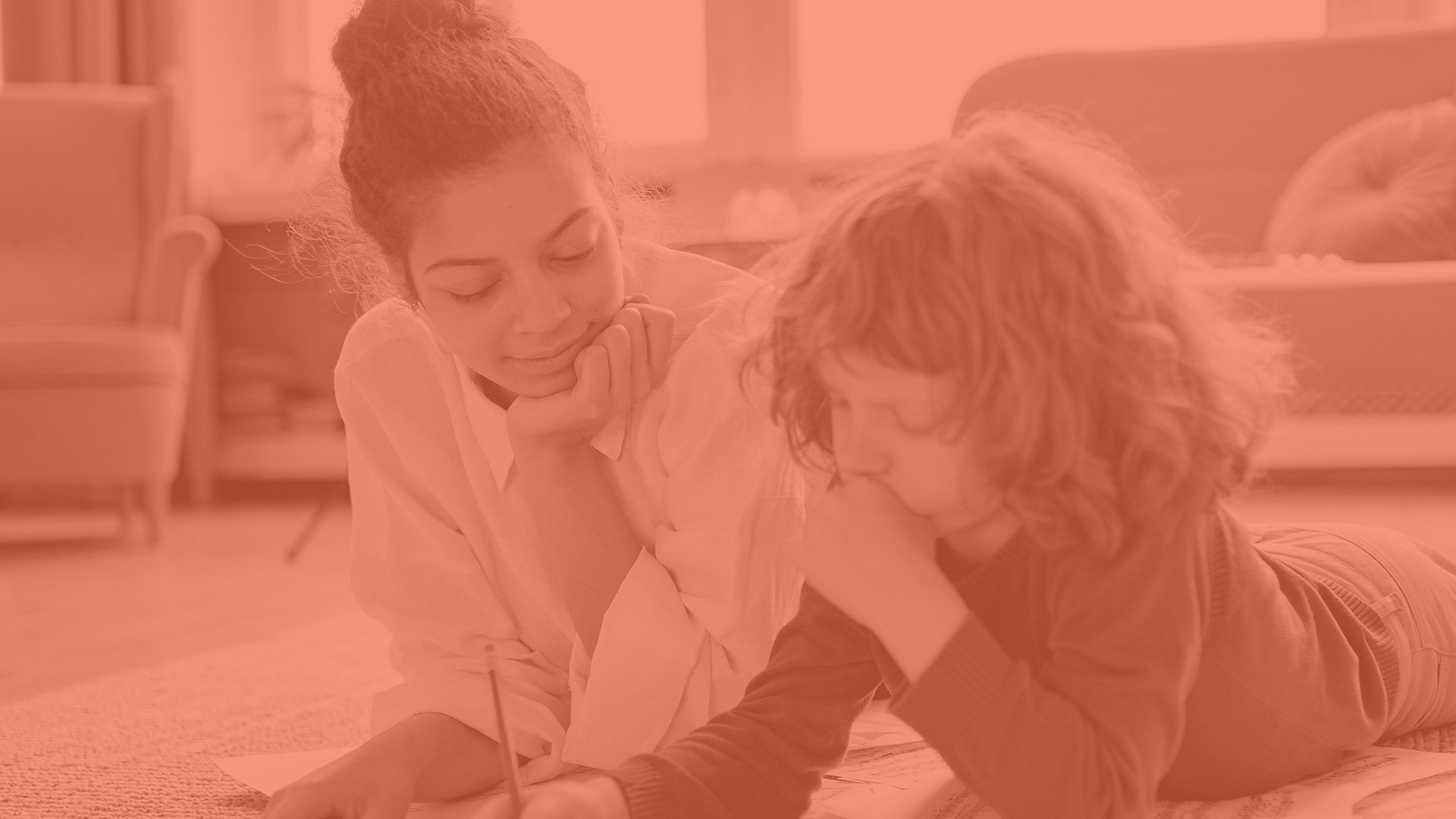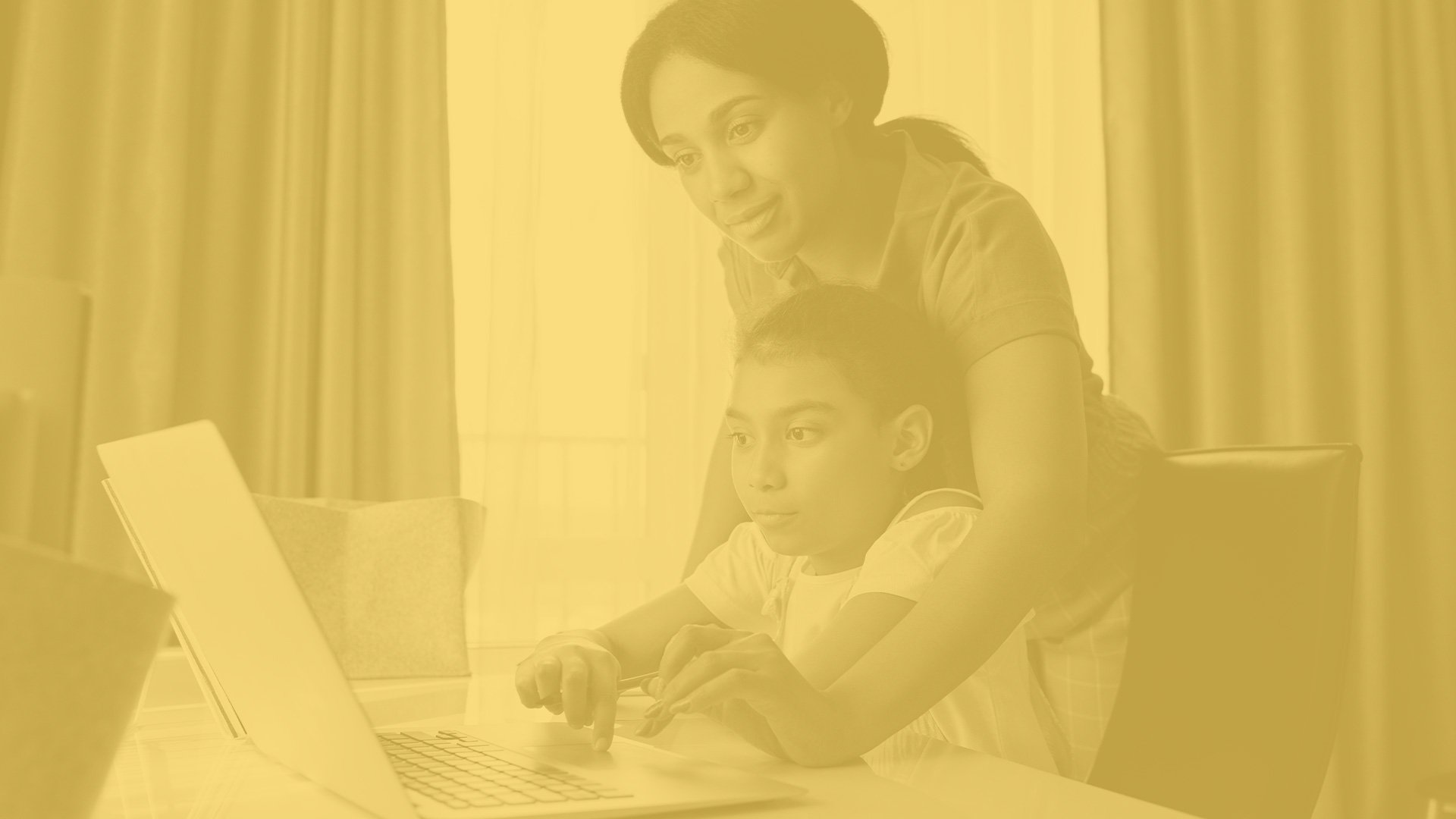
MathsBites is your go-to guide for
clarity, confidence and certainty.
MathsBites is built using the NSW syllabus.
Every concept below will be covered by your child during Stage 1,
and every concept is explained and demonstrated by your MathsBites videos.
Scroll through and see how much they will cover.
Stage 1, Part A - Year 1
Representing whole numbers
Use counting sequences of ones with two-digit numbers and beyond
Identify the number before and after a given two-digit number
Count forwards and backwards by ones from a given number to at least 120
Continue and create number patterns
Model and describe 'odd' and 'even' numbers using items paired in two rows
Count forwards and backwards by twos from any starting point
Represent numbers on a line
Sequence numbers and arrange them on a line by considering the order and size of those numbers
Locate the approximate position of multiples of 10 on a model of a number line from 0 to 100
Represent the structure of groups of ten in whole numbers
Recognise that ten ones is the same as one ten
Use 10 as a reference in forming numbers from 11 to 20
Count large sets of objects by systematically grouping in tens
Partition two-digit numbers to show quantity values
Use number lines and number charts to assist with locating the nearest ten to a number
Estimate, to the nearest ten, the number of objects in a collection and check by counting in groups of ten
Use advanced count-by-one strategies to solve addition and subtraction problems
Apply the terms ‘add’, ‘plus’, ‘equals’, ‘is equal to’, ‘is the same as’, ‘take away’, ‘minus’ and ‘the difference between’ to describe combining and separating quantities
Recognise and use the symbols for plus (+), minus (–) and equals (=)
Record number sentences in a variety of ways using drawings, words, numerals and symbols
Fluently use advanced count-by-one strategies including counting on and counting back to solve addition and subtraction problems involving one- and two-digit numbers
Combining and Separating Quantities
Recognise and recall number bonds up to ten
Recognise, recall and record combinations of two numbers that add up or bond to form 10
Model and record patterns for individual numbers up to ten by making all possible whole-number combinations
Create, recall and recognise combinations of two numbers that add up to numbers less than 10
Describe combinations for numbers using words such as more than, less than and double
Use flexible strategies to solve addition and subtraction problems
Use non-count-by-one strategies such as using doubles for near doubles and combining numbers that add to ten
Represent addition and subtraction using structured materials such as a bead string or similar model
Select and apply strategies using number bonds to solve addition and subtraction problems with one- and two-digit numbers by partitioning numbers using quantity value and bridging to 10
Represent equality
Use the equals sign to record equivalent number sentences involving addition, and to mean 'is the same as', rather than as an indication to perform an operation
Model the commutative property for addition and apply it to aid the recall of addition facts
Recall related addition and subtraction facts for numbers to at least 10
Forming Groups
Recognise and represent division
Use concrete materials to model a half of a collection and show the relation between the half and the whole
Model sharing division by distributing a collection of objects equally into a given number of groups to determine how many in each group
Model grouping division by determining the number of groups of a given size that can be formed
Describe the part left over when a collection cannot be distributed equally using the given group size
Model and use equal groups of objects to represent multiplication
Model and describe collections of objects as groups of
Determine and distinguish between the number of groups and the number in each group when describing collections of objects
Find the total number of objects using skip counting of equal groups of a known size
Use skip counting patterns
Identify and describe patterns when skip counting forwards or backwards by twos, fives and tens
Determine a missing number in a number pattern with a constant difference
Describe how the missing number in a number pattern was determined
Count in multiples using rhythmic and skip counting
Count by twos, threes, fives and tens using rhythmic counting and skip counting
Geometric Measure
Length: Measure the lengths of objects using uniform informal units
Use uniform informal units to measure lengths and distances by placing the units end to end without gaps or overlaps
Select appropriate uniform informal units to measure lengths and distances
Recognise and explain the relationship between the size of a unit and the number of units needed
Count informal units to measure lengths or distances and describe the part left over
Record lengths and distances by referring to the number and type of unit used
Use a single informal unit repeatedly (iteratively) to measure length
Position: Follow directions to familiar locations
Give and follow directions, including directions involving turns to the left and right, to move between familiar locations
Give and follow instructions to position objects in models and drawings
Describe the path from one location to another on drawings and diagrams
Length: Compare lengths using uniform informal units
Compare the lengths of two or more objects using appropriate uniform informal units and check by placing the objects side by side and aligning the ends
Explain why the length of an object remains constant when rearranged
Estimate lengths, indicating the number and type of unit used and check by measuring
Length: Subdivide lengths to find halves and quarters
Use concrete materials to model both half and quarters of a whole length, highlighting the length
Identify two equal parts and the relationship of the parts to the whole length, linking words and images
Recognise when lengths have or have not been divided into halves and quarters
2D shapes: Recognise and classify shapes using obvious features
Explore, manipulate and describe features of polygons
Use the terms ‘side’, ‘vertex’ and ‘two-dimensional’ to describe plane (flat) shapes
Create repeating linear patterns with shapes, including two-shape and three-shape patterns
Compare, sort and classify polygons according to the number of sides or vertices
Select and name a shape from a description of its features, identifying triangles, quadrilaterals, pentagons, hexagons and octagons
Recognise that shapes with the same name may have sides of equal or different lengths
Identify shapes presented in different orientations
Two-dimensional spatial structure
2D shapes: Transform shapes with slides and reflections
Recognise that sliding or reflecting a shape does not change its size or features (Reasons about spatial relations)
Identify and create a slide (translation) or reflection of a single shape and use the terms ‘slide’ (translation) and ‘reflection’ to describe the movement of the shape
Make designs with symmetry from reflection using paper-folding, mirrors, drawings or paintings
Area: Indirectly compare area
Indirectly compare the areas of two surfaces that cannot be moved or superimposed
Predict which of two similar shapes has the larger area and check by covering
Area: Measure areas using uniform informal units
Explore area using uniform informal units to cover the surface in rows or columns without gaps or overlaps
Measure area by selecting and using appropriate uniform informal units
Explain the relationship between the size of a unit and the number of units needed to measure an area
Explain why the area remains constant when units are rearranged
Record areas by referring to the number and type of uniform informal unit used
Identify any parts of units left over when counting uniform informal units to measure area
Estimate areas by referring to the number and type of uniform informal unit used and check by measuring
3D objects: Sort and describe three-dimensional objects
Manipulate and describe familiar three-dimensional objects
Use the term ‘surface' in describing familiar three-dimensional objects
Sort familiar three-dimensional objects according to obvious features
Use the term ‘face’ to describe the flat surfaces of three-dimensional objects with straight edges
Select and name a familiar three-dimensional object from a description of its features
3D objects: Recognise familiar three-dimensional objects
Use the term ‘three-dimensional’ to describe a range of objects
Distinguish between objects, which are three-dimensional (3D) and shapes which are two-dimensional (2D)
Identify and name familiar three-dimensional objects, including cubes, cylinders, spheres and rectangular prisms
Three-dimensional spatial structure
Volume: Measure the internal volume (capacity) of containers by packing
Pack cubic units (eg blocks) into rectangular containers so that there are no gaps
Recognise that cubes pack better than other objects in rectangular containers
Estimate and measure the internal volume of a container by filling the container with uniform informal units and counting the number of units used
Explain that if there are gaps when packing and stacking, this will affect the accuracy of measuring the internal volume
Volume: Measure and compare the internal volumes (capacities) of containers by filling
Use uniform informal units to measure how much a container will hold by counting the number of times a smaller container can be filled and emptied into the container being measured
Select appropriate informal units to measure the capacities of containers
Recognise and explain the relationship between the size of a unit and the number of units needed
Compare the internal volumes of two or more containers using appropriate uniform informal units
Recognise and explain why containers of different shapes may have the same internal volume
Estimate how much a container holds by referring to the number and type of uniform informal unit used and check by measuring
Volume: Construct volumes using cubes
Explore different rectangular prisms that can be made from a given number of cubes
Devise and explain strategies for stacking and counting units to form a rectangular prism
Record volumes, referring to the number and type of uniform informal unit used
Mass: Investigate mass using an equal-arm balance
Place objects on either side of an equal-arm balance to obtain a level balance
Use an equal-arm balance to compare the masses of two objects and record, which is heavier or lighter
Predict the action of an equal-arm balance before placing particular objects in each pan
Use a balance to find two collections of objects that have the same mass
Compare and order the masses of two or more objects by hefting, and check using an equal-arm balance
Non-spatial Measure
Time: Name and order the cycle of months
Name and order the months of the year
Recall the number of days in each month
Identify a day and date using a Gregorian calendar
Recognise monthly and annual cycles
Time: Tell time to the half-hour
Read analog clocks to the half-hour using the terms ‘o'clock’ and ‘half past’
Describe the position of the hands on a clock for the half-hour
Connect the use of half turns to the turn of the minute hand for the passing of the half-hour
Explain why the hour hand on a clock is halfway between successive hour-markers when the minute hand shows the half-hour (Reasons about relations)
Describe everyday events with particular hour and half-hour times
Record hour and half-hour time, making connections between analog and digital clocks
Represent data with objects and drawings and describe the displays
Use concrete materials or pictures of objects as symbols to create data displays where one object or picture represents one data value
Describe information presented in one-to-one data displays
Use comparative language to describe information presented in a display, such as ‘more than' and ‘less than’
Interpret a data display and identify the biggest or smallest values
Ask questions and gather data
Investigate a topic of interest by choosing suitable questions to obtain appropriate data
Gather data and track what has been counted by using concrete materials, tally marks, lists or symbols
Data
Chance
Identify and describe possible outcomes
Identify possible outcomes of familiar activities and events
Describe the chance of possible outcomes for familiar activities and events
It’s a lot, right?
Don’t worry … MathsBites walks you through every single one, so that you are:
clear on exactly what your child is learning and how to help using the language and strategies they’ll use in class
ready to help them work with the maths concepts that are a part of their everyday lives
prepared, so when they get ‘stuck’, you can help them through
proactive rather than reactive.






